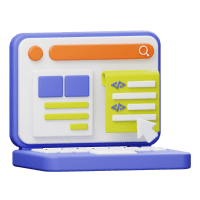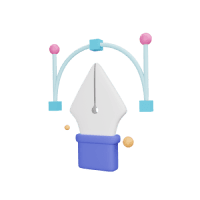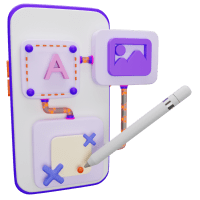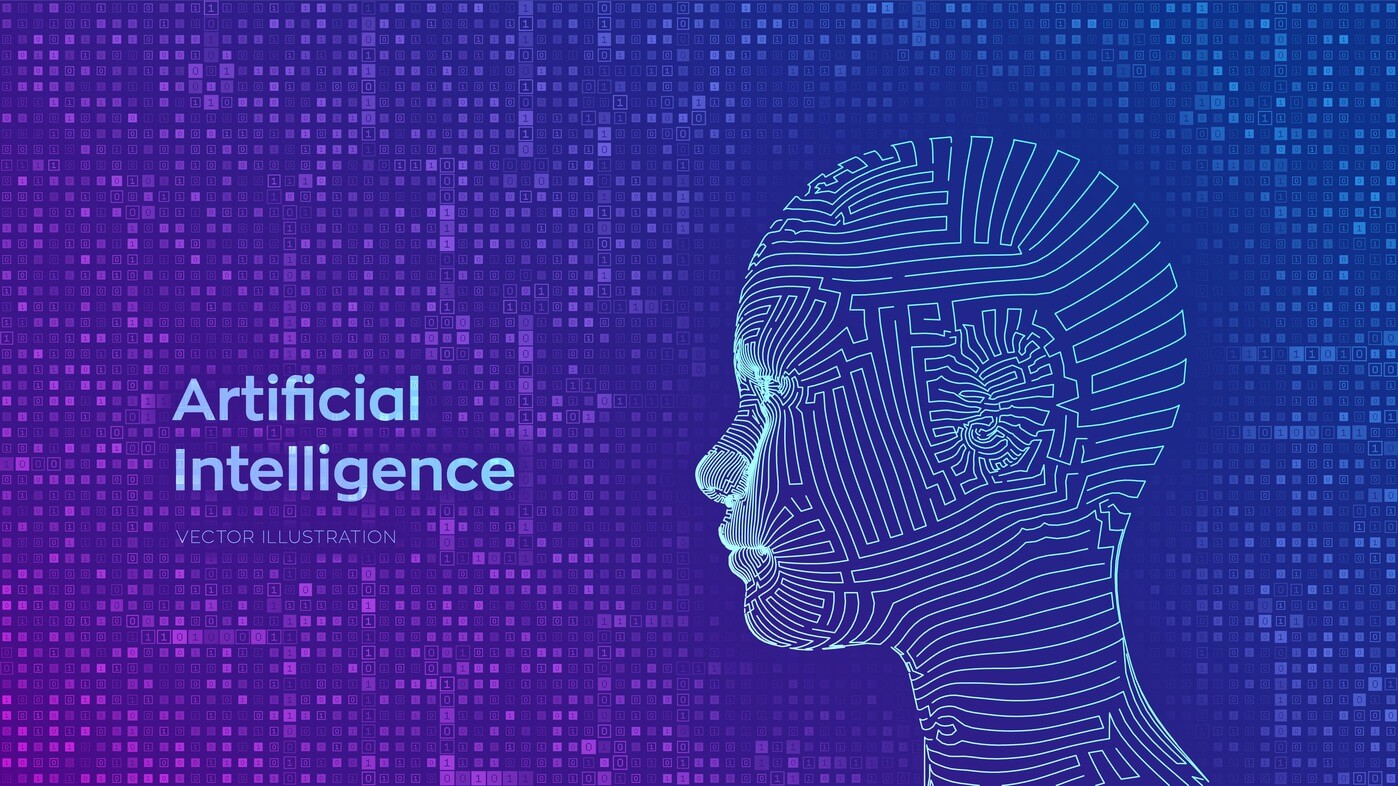
AI writing detectors do not work – Open AI. How to distinguish AI writing from human writing?
Artificial Intelligence (AI) has emerged as a transformative force in the realm of writing, revolutionizing how content is created, edited, and personalized. AI has found a profound foothold in the writing scene in recent years, reshaping various aspects of this process.
AI-powered writing tools, driven by natural language processing (NLP) algorithms, have become indispensable aids for writers across diverse domains. From journalists and content creators to students and professionals, AI offers a spectrum of applications that enhance productivity and creativity. These tools can assist with tasks such as grammar and spell checking, style and tone analysis, and even generating entire articles or reports autonomously.
Furthermore, AI has been leveraged to personalize content, tailoring it to individual preferences and optimizing user experiences. Chatbots and virtual assistants, powered by AI, engage users through natural and context-aware conversations, enriching customer support and information dissemination.
In this dynamic landscape, AI is not only a tool for writers but also a collaborator, offering insights and suggestions that refine written communication. However, as AI continues to influence the writing process, it also raises questions about authorship, authenticity, and the evolving role of writers in a world where machines can craft coherent narratives.
While AI-powered writing tools offer numerous advantages, they also come with certain disadvantages and limitations:
Lack of Creativity and Originality:
AI systems generate content based on patterns and data, lacking creativity and original thought. They often rely on existing content as templates, which can result in repetitive or unoriginal writing.
Inaccuracies
AI may misinterpret context or produce inaccurate information, particularly when dealing with complex or nuanced subjects. This can lead to errors in factual content or misunderstandings of user queries.
Limited Understanding of Context:
AI struggles with understanding the broader context of content. It may miss subtleties, cultural nuances, or humour, leading to content that feels disconnected or inappropriate.
Ethical Concerns:
The use of AI in content generation raises ethical questions about plagiarism, copyright infringement, and the potential for misuse, such as generating deceptive or malicious content.
Loss of Human Touch:
AI-generated content often lacks the emotional and empathetic elements that human writers can infuse into their work. This can result in less engaging or relatable content, especially in areas like storytelling or marketing.
Dependency on Technology:
Overreliance on AI writing tools can lead to a decline in human writing skills. Writers may become dependent on automated assistance, potentially reducing their capabilities.
Language Limitations:
AI writing tools are often most proficient in English and may struggle with languages that have complex grammar or limited training data. This can limit their usefulness in multilingual contexts.
Complex Subjects and Creativity:
AI struggles with generating content in highly specialised or creative fields, such as scientific research or literature, where human expertise and imagination are paramount.
User Privacy Concerns:
AI writing tools may store user-generated content and data, raising privacy concerns. Users should be cautious about sharing sensitive or confidential information.
10. Oversimplified Solutions:
Some AI writing tools prioritize simplicity and readability but may oversimplify complex subjects. While this can aid comprehension, it may sacrifice depth and accuracy.
11. Cost and Accessibility:
Advanced AI writing tools may come with subscription fees or licensing costs, limiting accessibility for individuals and organizations with budget constraints.
To tackle all these issues and ensure that writers are writing original material, a solution was introduced in the market- AI writing detectors. AI writing detectors use natural language processing (NLP) algorithms to analyze text for plagiarism, grammar errors, and other writing issues. They compare the text against vast databases, flagging similarities to existing content. Additionally, they employ advanced linguistic models to identify grammatical and syntactical errors, ensuring text clarity and coherence. These detectors also assess writing style, tone, and authenticity. Some models can even predict the likelihood of a piece being written by a human or AI. Through machine learning, these systems continuously improve their accuracy by learning from vast amounts of annotated data, providing valuable feedback to writers and educators.
But hopes were shattered when recently OpenAI admitted that they don’t work accurately. We also heard a piece of news recently of a teacher using such software to find out if the students cheated. The detector wrongly accused every assignment of being unoriginal.
However, some hope lies in the fact that even if software can’t detect AI, humans sometimes can. For example, a professor who knows her student’s writing style will be able to identify if the assignment was done by someone else.




















